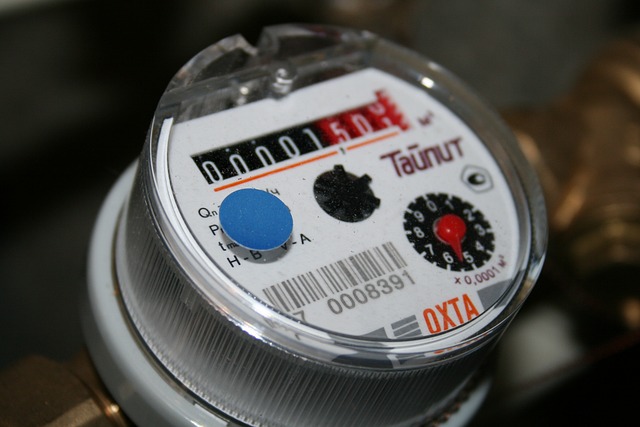As a passionate photographer, you know that capturing the perfect image goes beyond simply clicking the shutter. It’s about understanding the interplay of light, shadow, and the intricate details that make a photograph truly mesmerizing. This is where a light meter comes into play, elevating your photography experience and allowing you to achieve precision in your craft.
Imagine standing in a picturesque location, the sun setting, casting a golden hue over the landscape. You want to seize that moment in its entirety, but how do you ensure that your camera settings are just right? Enter the light meter, an essential tool for any camera enthusiast seeking to enhance their photographic skills.
At its core, a light meter measures the amount of light in a scene, helping you determine the optimal exposure settings for your camera. Whether you’re shooting in bright daylight or low-light conditions, having the right readings can save you countless hours of editing down the line. With an accurate measurement of light, you can balance ISO, aperture, and shutter speed perfectly, capturing the essence of the moment as you envisioned it.
For those who prefer shooting in manual mode, a light meter becomes your best friend. It can guide you through the often complex decisions that come with adjusting your camera settings. There are two types of light meters: incident and reflected. Incident meters measure the light falling onto a subject, while reflected meters weigh the light bouncing off the subject. Knowing when and how to use each type can help you layer your photography with depth and emotion, creating captivating images that resonate with viewers.
When utilizing a light meter, consider not just the quantity of light, but its quality as well. The direction from which the light hits your subject can significantly impact the feel of your photo. Pay attention to how shadows fall, and how they can create texture and dimension in your images. By layering elements of light and shadow, you can tell a more compelling story through your photography.
Moreover, mastering the use of a light meter can lead you to experiment with different styles and genres of photography. Whether you’re delving into portrait, landscape, or still life photography, understanding how to gauge light effectively allows you to push the boundaries of your creativity. You might find yourself inspired to explore the nuances of chiaroscuro effects or embraced the vibrant colors that emerge during golden hour, all thanks to your newfound confidence in managing light.
Incorporating a light meter into your photography toolkit not only enhances your skill set but also deepens your appreciation for the art form. As you consistently fine-tune your technique, you’ll find that each shot becomes more intentional, each layer of light more thoughtfully considered. Embrace the journey of discovery that comes with mastering this essential aspect of photography, and let your creativity shine.



